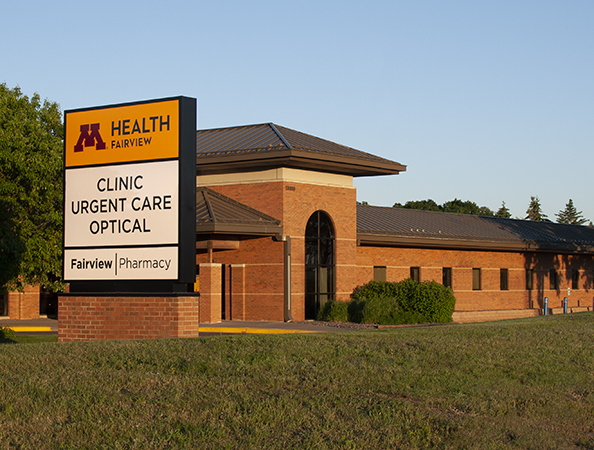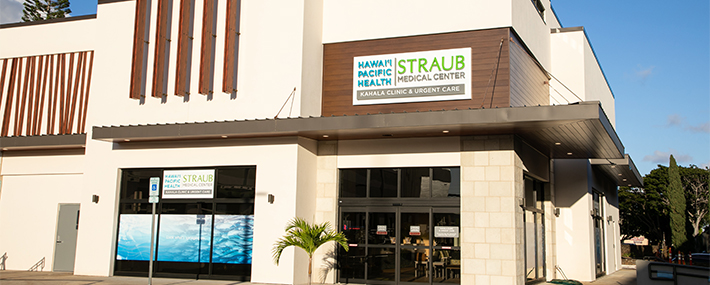Contrasting Urgent Care Clinics: What Establishes Our Clinic Apart
Contrasting Urgent Care Clinics: What Establishes Our Clinic Apart
Blog Article
The Significance of Urgent Treatment Centers in Bridging the Void Between Key Care and Emergency Situation Solutions
Immediate care centers have actually become a vital element of the healthcare landscape, effectively dealing with the essential requirement for prompt medical attention without resorting to emergency situation solutions. By supplying care for non-life-threatening problems, these centers aid to reduce the worry on emergency clinic and boost client access to prompt therapy. Their extended hours and diverse services accommodate an expanding population seeking options to standard main treatment. Nevertheless, the evolving duty of immediate care centers raises important inquiries about their combination within the more comprehensive health care system and the effects for patient outcomes and resource allotment.
Review of Urgent Treatment Centers
Urgent care centers have come to be a vital part of the health care distribution system, giving easily accessible clinical solutions for non-life-threatening problems. These centers typically operate outside common office hours, offering individuals an alternative to emergency clinic and medical care setups. Individuals seeking urgent treatment frequently existing with issues such as minor injuries, infections, or health problems that call for timely attention however do not pose an immediate danger to life or limb.
Immediate treatment centers are staffed by a series of medical care experts, including medical professionals, registered nurse professionals, and doctor assistants, who are furnished to diagnose and treat various clinical worries. They often feature analysis devices such as X-ray makers and laboratory solutions, allowing them to give detailed care on-site.
The establishment of immediate care facilities has been influenced by the raising need for prompt clinical services in a busy culture, where people might struggle to secure appointments with main treatment service providers. Because of this, these facilities aim to relieve blockage in emergency situation departments, enhancing overall medical care efficiency. Furthermore, immediate treatment facilities usually serve as a bridge between medical care and emergency solutions, making sure that individuals get ideal care customized to their certain medical needs.

Advantages of Urgent Treatment Services
Accessing timely treatment is a substantial benefit of urgent treatment services. These centers provide prompt attention for non-life-threatening problems, successfully minimizing delay times compared to conventional emergency departments. Patients seeking care for small injuries, diseases, or immediate health and wellness issues can get treatment without the long delays usually connected with healthcare facility brows through.
An additional trick advantage is the extended hours of procedure. Lots of urgent treatment facilities are open evenings and weekends, accommodating clients who might not be able to visit their medical care provider during basic workplace hours. This flexibility makes immediate treatment an accessible option for those with active routines or sudden health concerns.
Moreover, immediate treatment centers typically supply a wide variety of solutions, including analysis testing, X-rays, and standard laboratory services. This detailed strategy enables fast diagnosis and treatment, boosting client contentment.
In addition, immediate treatment facilities are generally more affordable than emergency clinic, making them an eye-catching choice for individuals without insurance or those with high-deductible strategies. Overall, urgent treatment services play an important role in providing available, timely, and budget friendly medical care.
Comparison With Main Treatment
Commonly, people often weigh their alternatives between immediate care centers and medical care service providers when seeking medical focus. Both offer essential duties in the health care system, yet they differ dramatically in availability, range, and price.
Medical care service providers are commonly the initial factor of contact for individuals, concentrating on long-term health and wellness management, precautionary care, and persistent condition monitoring. They offer continuity of treatment, fostering a patient-provider relationship that enables extensive wellness evaluations and customized treatment strategies. Arranging a visit can be lengthy, frequently calling for days or weeks in advance. Urgent Care.
In comparison, immediate treatment centers offer prompt care for non-life-threatening conditions that call for prompt attention, such as small injuries or infections. These facilities commonly run beyond typical workplace hours, suiting individuals that may not have the ability to visit their medical care service provider during normal organization times. In addition, urgent care is usually a lot more economical than emergency room brows through, making it an enticing choice for those with limited healthcare access.
Ultimately, while immediate care centers and medical care companies both contribute to client health, they cater to distinctive needs, making it important for patients to identify which alternative best aligns with their conditions.
Emergency Situation Providers Interaction
The communication between urgent treatment facilities and emergency situation solutions is a vital facet of the healthcare landscape, especially when clients encounter circumstances that may rise in severity. Immediate treatment centers serve as a bridge between key care and emergency situation divisions, resolving non-life-threatening problems that require prompt attention. This partnership enhances patient results and enhances resource allowance within the medical care system.
When people provide with urgent however not life-threatening problems, urgent treatment facilities can efficiently manage their needs, reducing blockage in emergency situation areas. When an individual's condition goes beyond the extent of urgent care treatment, Facilities geared up with diagnostic abilities can promote prompt references to emergency situation solutions. This smooth communication assists make sure that people obtain the ideal level of treatment without unneeded hold-ups.
Additionally, efficient communication between urgent treatment service providers and emergency services is crucial. Sharing patient details and therapy histories promotes coordinated care, decreasing the threat of repetitive tests and procedures. As healthcare remains to evolve, the dynamic relationship in between immediate browse around this web-site treatment facilities and emergency services will play a critical role in enhancing person care effectiveness, satisfaction, and total wellness outcomes within the area.
Future of Urgent Treatment Facilities
As health care demands progress, the future of urgent treatment centers is poised to come to be significantly essential to the overall clinical community (Urgent Care). These facilities are likely to increase their roles by including advanced modern technologies, such as telemedicine, expert system, and electronic wellness record combination. This will boost client accessibility and streamline treatment control between immediate treatment, health care, and emergency situation go to this web-site services
In addition, urgent treatment facilities are anticipated to expand their service offerings to include precautionary treatment and persistent illness administration. This change will certainly place them as important parts in managing population health and wellness, lowering the concern on emergency situation divisions, and dealing with spaces in health care availability.
The expanding fad of value-based treatment will certainly further accelerate the change of immediate treatment centers, prompting them to concentrate on person results and contentment. Facilities may likewise take on collective practice versions, working closely with professionals and main treatment service providers to guarantee extensive client management.
Verdict
Finally, urgent treatment facilities offer an important function in the medical care system by supplying immediate access to treatment for non-life-threatening problems, efficiently alleviating stress on emergency solutions. Their extended hours and varied variety of solutions enhance patient comfort and contentment, while additionally ensuring appropriate care shipment. As medical care needs see post proceed to progress, the role of urgent treatment centers will likely end up being progressively significant, additional connecting the gap in between health care and emergency situation services.
The establishment of urgent treatment facilities has been affected by the enhancing demand for timely clinical services in a fast-paced culture, where patients might battle to safeguard consultations with key care carriers. Additionally, immediate treatment facilities typically offer as a bridge in between key care and emergency solutions, ensuring that individuals obtain proper treatment tailored to their particular clinical demands.
Lots of immediate treatment facilities are open evenings and weekends, suiting clients who might not be able to see their main care supplier throughout common office hours (Urgent Care). As medical care continues to develop, the dynamic relationship between immediate care centers and emergency situation solutions will certainly play a pivotal function in enhancing client care performance, complete satisfaction, and overall health outcomes within the community

Report this page